Expedition Borneo
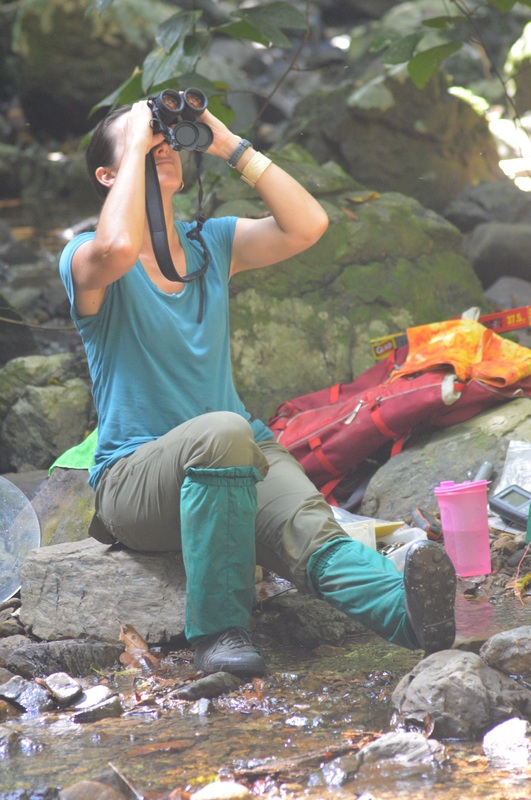
Carnegie Museum of Natural History’s Associate Curator of Amphibians and Reptiles Jennifer Sheridan is headed to the rainforests of Borneo for a two-week, frog-filled expedition! Join the adventure from home by tuning in to a pair of livestream events, broadcast 9,500 miles away from Pittsburgh. Get your Borneo “wake up call” on October 14 and October 21 to learn about the fascinating frogs of Borneo, what it’s like to be a scientist in the field, and Sheridan’s all-important work to increase our understanding of human impact on biodiversity.
These livestream events are free and open to the public. Please register below.
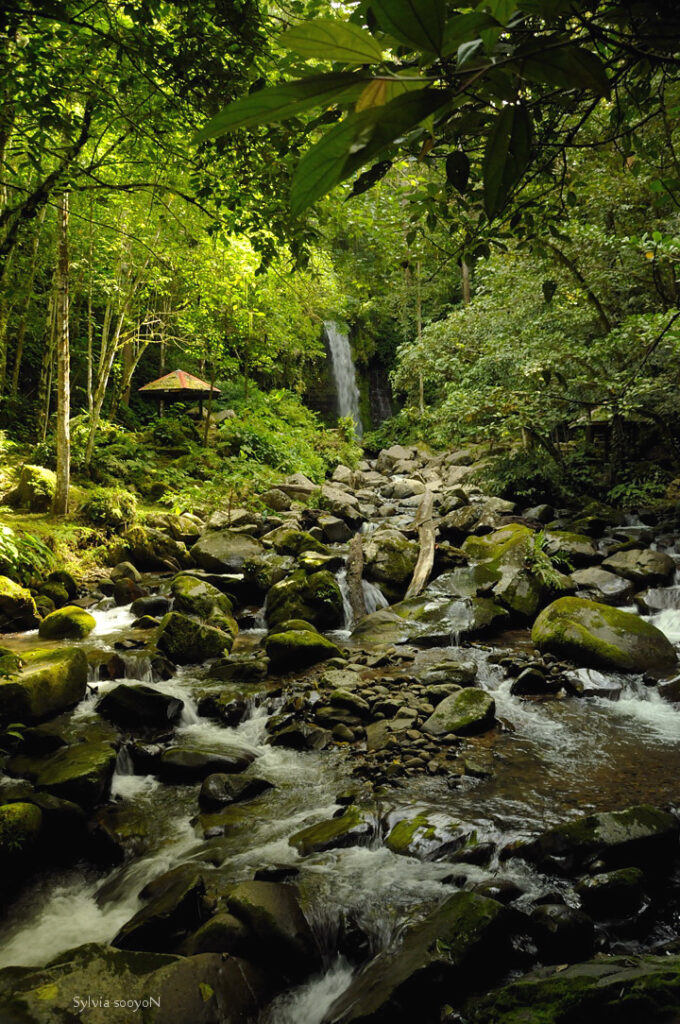
Borneo Wake Up Call:
The Frogs of Mahua
Monday, October 14, 7 p.m. EST.*
Rain date: October 15, 7 p.m.EST
The stars will be out in Pittsburgh, but the sun will have just risen over the rainforests of Borneo. Join Associate Curator of Amphibians and Reptiles Jennifer Sheridan in the field as she details the previous night’s explorations: recording frog calls and collecting specimens. This livestream will also highlight Sheridan’s favorite frog species and the other fauna that help make Borneo one of the most biodiverse places on the planet.
Photo: Sylvia sooyoN
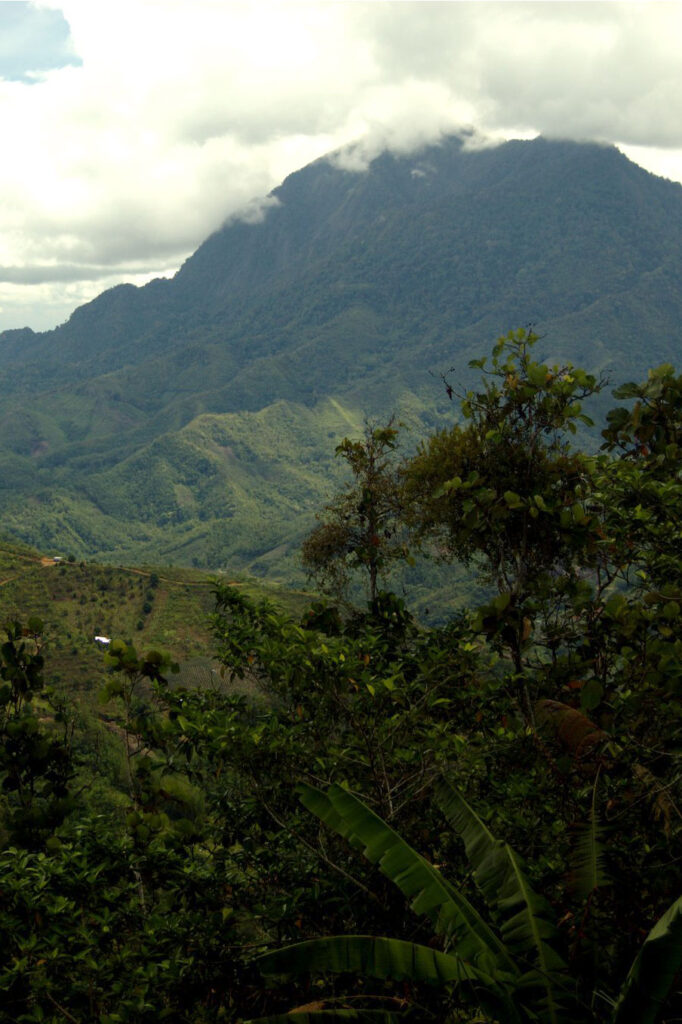
Borneo Wake Up Call:
The Frogs of the Crocker Range
Monday, October 21, 7 p.m. EST*
Rain date: October 22, 7 p.m. EST
The stars will be out in Pittsburgh, but the sun will have just risen over the rainforests of Borneo. Join Associate Curator of Amphibians and Reptiles Jennifer Sheridan in the field as she details the previous night’s explorations: recording frog calls and collecting specimens. This livestream will bring you to a new field site, one that is rich in the possibility of new data and discoveries. Tune in to learn more about how specimens get from the field to the museum and the impact collecting has on conservation efforts and public education.
Photo: Deepgoswami
*Fieldwork can be unpredictable! We will be working in remote international locations, and may need to delay, reschedule, or cancel these events due to technical difficulties, weather, or other variables. If we are unable to begin the livestream by 7:15 p.m. EST, the event will be rescheduled to its posted “rain date”. If we make the tough decision to cancel the live event, we will share a recording of the presentation as soon as we can.

Unique & fascinating specimens found within the Carnegie Museum of Natural History collection.
Plantain squirrel (Callosciurus notatus)
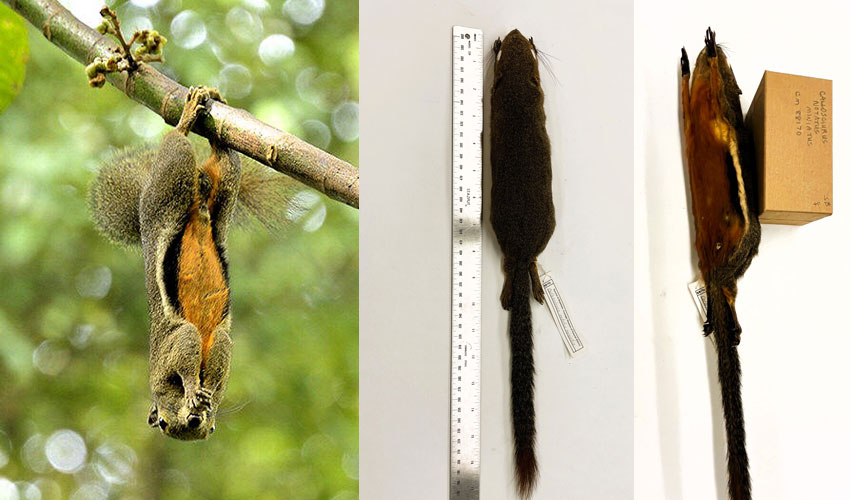
The Plantain squirrel (Callosciurus notatus) is an energetic, highly adaptive tree squirrel found across southeastern Asia, including Borneo. We’ll let you be the judge, but its taxonomic name literally means “beautiful squirrel”. With a diet similar to the common gray squirrel, the plantain squirrel rarely descends from its treetop habitat and, as such, is best sighted with a pair of binoculars. Clearly believers in “teamwork makes the dream work,” plantain squirrels will “mob” predatory snakes to drive them away!
Dipterocarpoideae
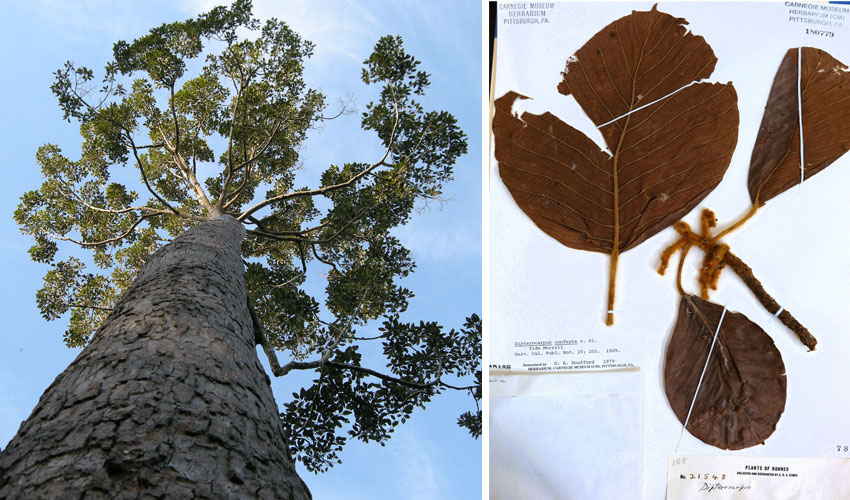
The Dipterocarpoideae subfamily is made up of about 475 species of tree, and almost all of them are found in Northern Borneo, where they are by far the most widely distributed tree in the region’s forest. Long prized for the quality of their lumber, essential oils, and sticky resins, Dipterocarp trees have been the targets of illegal logging for decades. Some of these woody giants reach to hundreds of feet in height and dozens of feet in circumference, making them the true titans of the Borneo rainforests, a title they’ve held for millions of years. The tallest tropical tree in the world is a Dipterocarp!
Bornean bristlehead (Pityriasis gymnocephala)
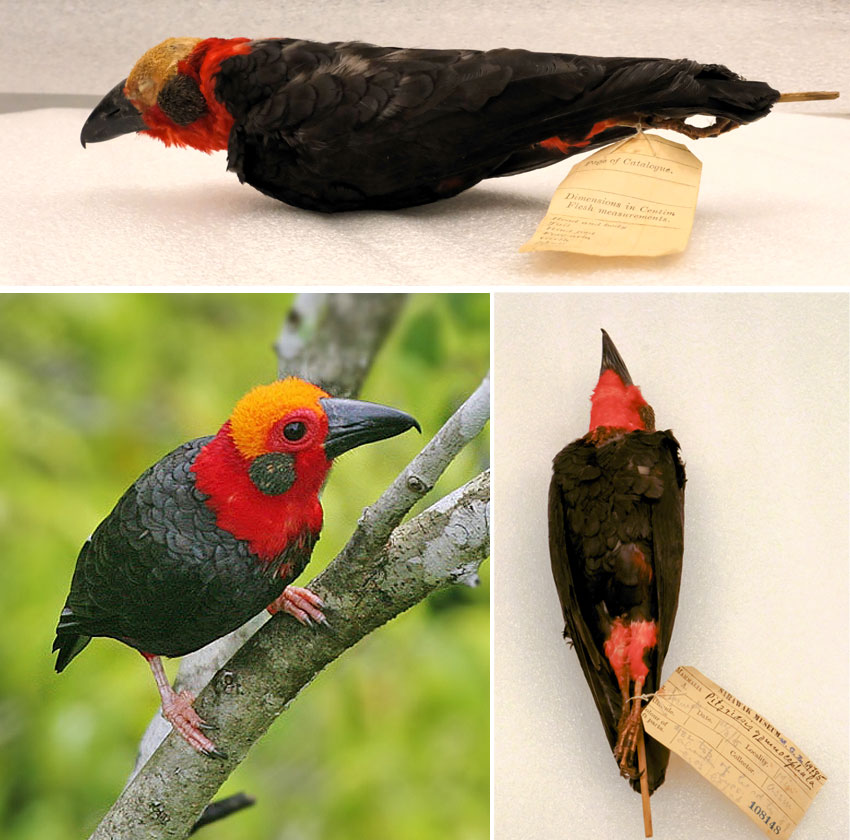
Named for its featherless, bristle-covered scalp, the Bornean bristlehead is a gregarious, social bird found only in the Bornean region’s high forested canopies. With a massive beak in comparison to its size, striking black and red coloration, and no known close relatives, the bristlehead is a truly one-of-a-kind avian. In fact, it’s so unique it occupies its own genus and family. Its taxonomic name Pityriasis gymnocephala comes from Greek: Pitryiasis, meaning “having dandruff,” and gymnocephala meaning “bald-headed.” Many facts about this incredible bird, such as its breeding behaviors, remain a mystery to scientists. (The jury is also still out on whether it has dandruff.)
Photo by James Eaton
Carnegie Museum of Natural History’s Bornean beetle collection

Beetles make up about 25% of all of Earth’s known species. We have described about 400,000 species, and entomologists confidently estimate the true number to be around 1.2 million. So, Coleoptera (the order of beetles) is already by far the most numerous order we know of, and we’ve barely scratched the surface! Donated over several years by independent collector Daniel Heffern, Carnegie Museum of Natural History’s Bornean beetle collection numbers over 5,400 specimens and 500 species. Long-horned beetles, so named for their extraordinarily lengthy antennae, make up the bulk of the Heffern Collection. Incredible specimens like Necydalis itoi, a wasp mimic, and Trachystola granulate, a beetle-sized tank, represent just a sampling of the amazing species cared for by our Section of Invertebrate Zoology. Another of our favorites is the Mormolyce phyllodes, aka the World’s Flattest Beetle!
Ansonia

Ansonia is a genus of toads found almost exclusively in the Bornean region. There are over 36 species a part of this genus, and many of them are endemic to Borneo (meaning they’re only found there). Some of our incredible amphibian friends in the Ansonia genus include Ansonia leptopus, the Matang stream toad, and Ansonia minuta, the tiny stream toad. As you might notice, they can be quite difficult to distinguish from outward appearance alone, which is why much of Associate Curator of Amphibians & Reptiles Jennifer Sheridan’s research places great focus on recording their unique calls. With data on how these spectacular toads chirp, croak, and warble, Jennifer’s team can distinguish species in the field, augment the existing library of known calls, and determine if there is undescribed species diversity in western Sabah.
Exciting discoveries and meaningful research are taking place every day at Carnegie Museum of Natural History. Make a gift today! Or find out how you can support the work of our incredible scientists by emailing Development@carnegiemnh.org.
There are more ways to share in the Expedition Borneo experience
Follow Jennifer Sheridan’s trip by playing “Borneo Frog Bingo”.
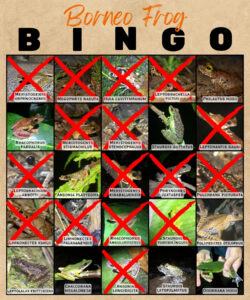
We’re putting an amphibian spin on this classic game. Download a digital Bingo card with a selection of different Borneo frog species Sheridan might encounter in the field. Then tune in to the livestream events to find out which frogs she discovered during her nighttime forays. You can also check back here for updates to the digital card we’ll post online. Call out “Bingo!” by sending a photo of your card to giving@carnegiemuseums.org. In return, we’ll send you a custom Expedition Borneo postcard and sticker, and a Bornean rainforest soundscape recording.
Check out our Borneo Biodiversity Spotlights on social media.
Carnegie Museum of Natural History showcases rich, fascinating specimens from across its vast collection multiple times weekly; follow along via Facebook, and Instagram.
Read our Expedition Borneo Feature Story From the Field.
Don’t miss Carnegie Museum of Natural History’s feature story from the field in Borneo posted to its website. Also, catch up on the wild and wonderful collections stewarded by our scientists and learn more about the important role they play in facing environmental challenges across the globe in this story here: Natural History Collection Managers: The Stewards of Time Travel.
